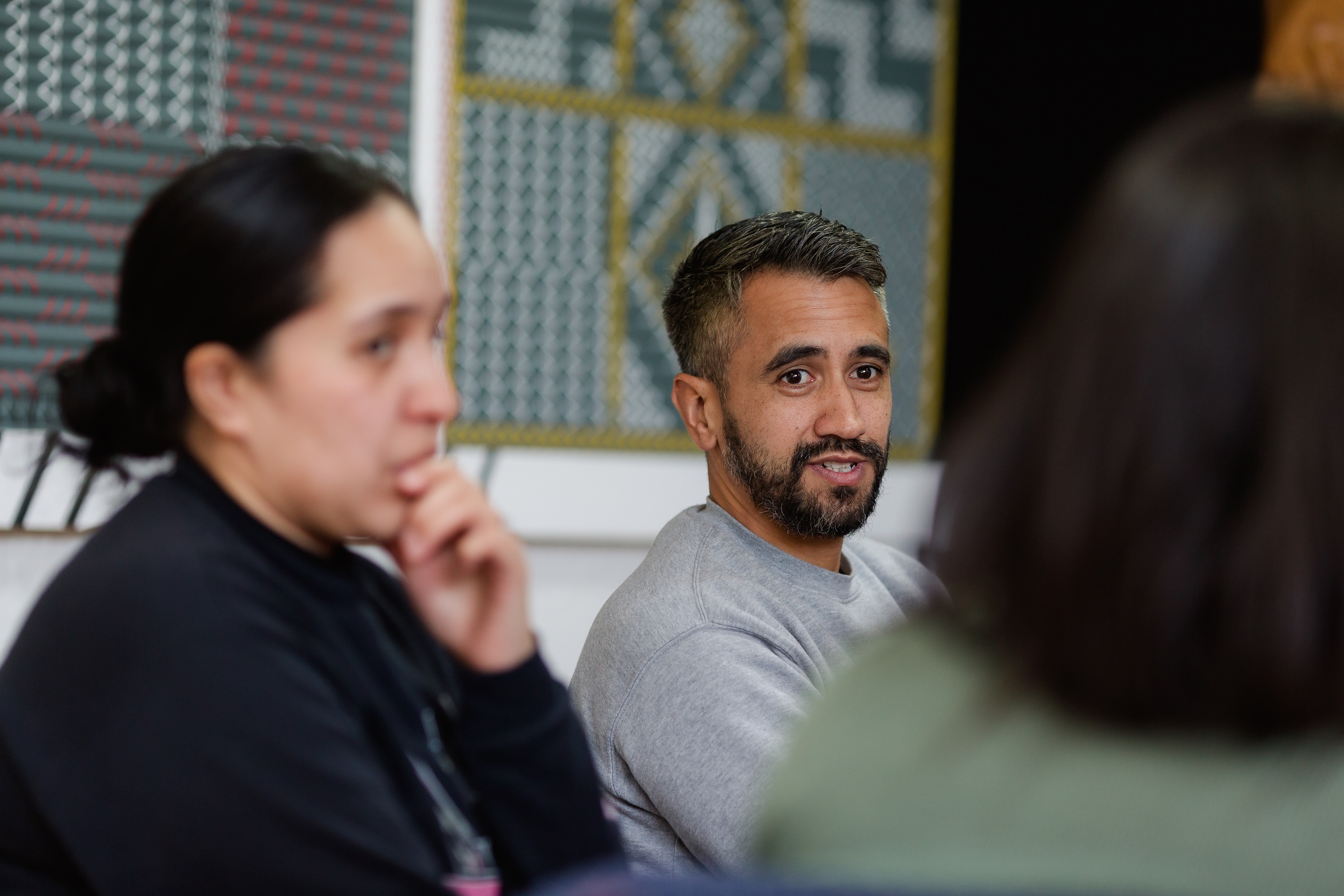Hui ā-whānau
When we have concerns about the safety of a tamaiti, we hold a hui-ā-whānau – a whānau meeting that uses tikanga ways of thinking – to assess the needs of the tamaiti.
Engaging early
When we have concerns about the safety of a tamaiti, we need to understand and assess what's happening from the perspective of the tamaiti, their whānau, and those who support them. We will seek to hold a hui ā-whānau or family meeting as soon as possible. The aim is increased focus on early and ongoing engagement with whānau, hapū and iwi.
Read more about how we assess the safety of tamariki and well being.
Hui ā-whānau
Hui ā-whānau is part of a new approach being rolled out that changes how we assess the needs of tamariki and how we become involved with a whānau. For instance we now try to speak directly to every person who makes a report of concern and prepare a chronology of events.
By then holding a hui ā-whānau, social workers can engage with whānau much earlier. Whānau come up with their own solutions to keep tamariki safe and out of Oranga Tamariki care.
How it works
A hui ā-whānau can include writing a contract, or a whānau agreement, between the whānau and Oranga Tamariki to identify what needs to be done differently to achieve these outcomes, resolve issues and respond to the needs of the tamaiti. It can also identify positive safety or other protective factors in the whānau to build safety around the tamaiti and rangatahi.

Real-life example
When serious concerns for an unborn pēpi came through recently, early decision-making involving whānau meant the pēpi is now cared for within the whānau.
The mother had 3 previous tamariki who had already been placed in care. Concerns for the pēpi included the mother’s ongoing drug use and domestic violence. When an initial hui ā-whānau was held, the mother and her whānau did not attend and further whakapapa searching proved fruitless as the mother had no knowledge of her iwi affiliations.
When DNA testing proved who the father was, another hui ā-whānau was arranged with the mother, father and paternal whānau attending. The paternal grandmother took a lead role and it was agreed a paternal aunt would care for the tamaiti. This was all accomplished quickly.
Published: October 10, 2023

